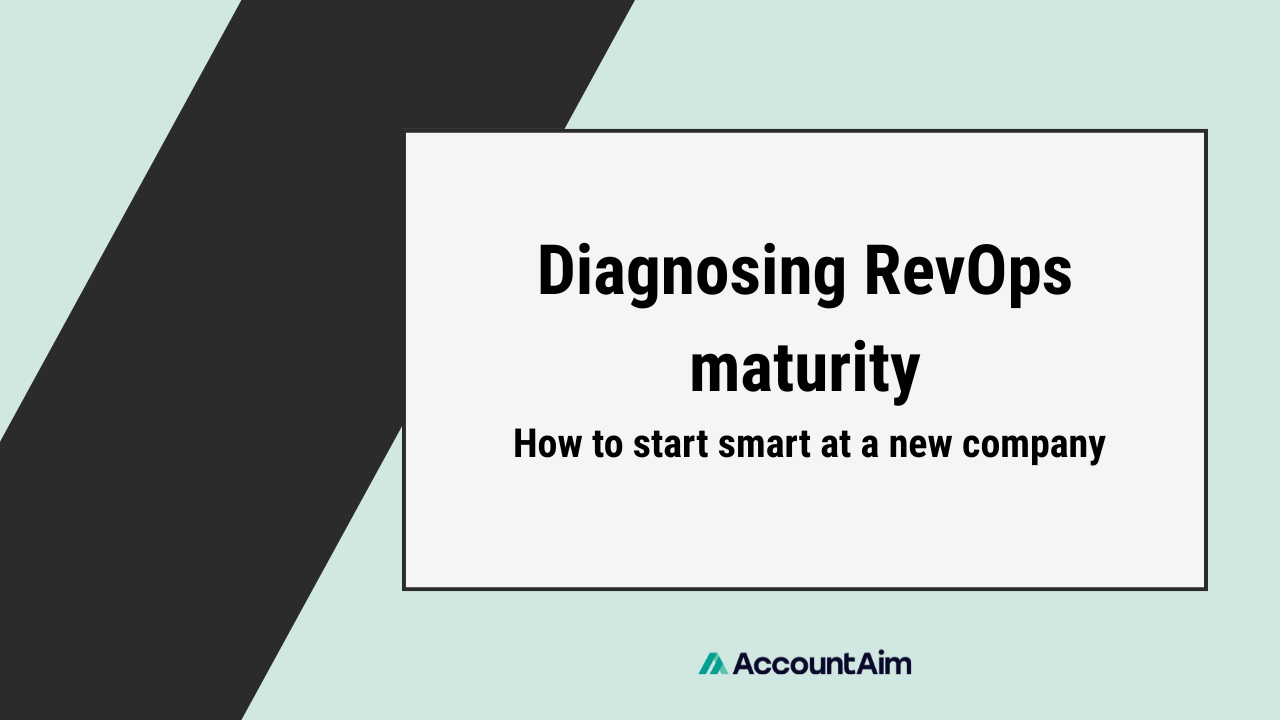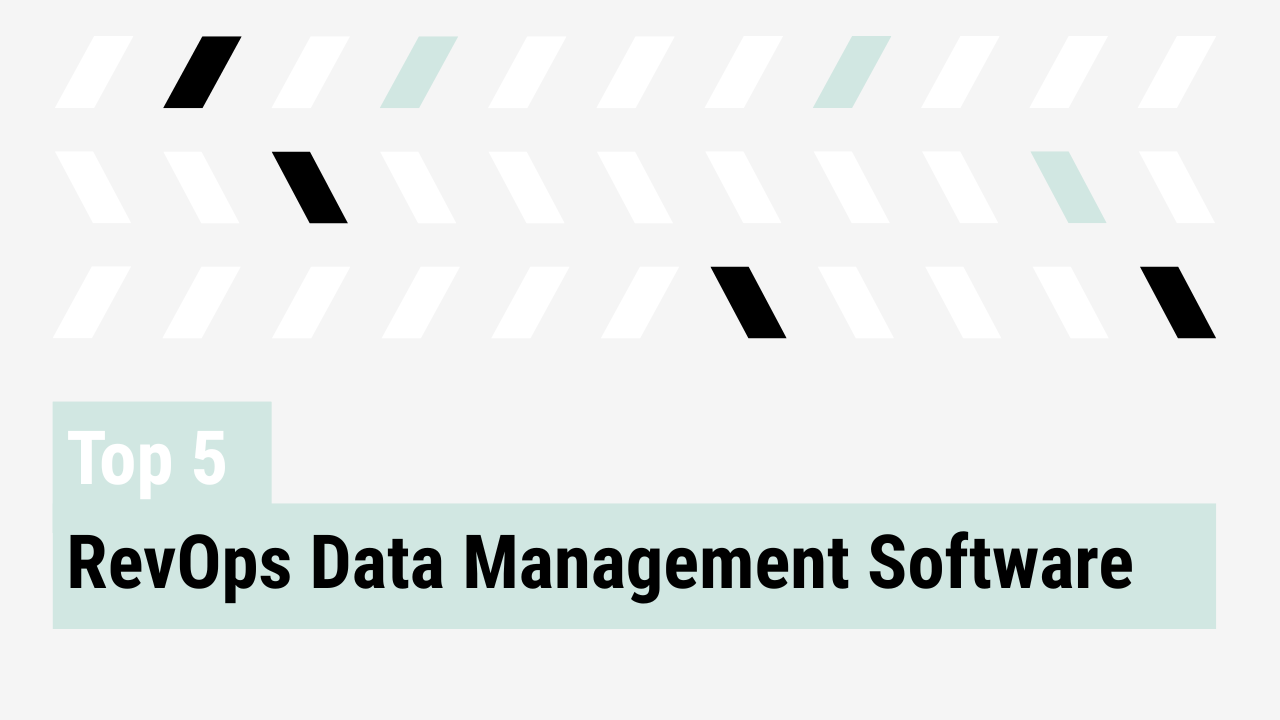When you step into a new RevOps role at an established company, you’re rarely starting fresh. You inherit systems, processes, definitions, and often, years of operational debt. The dashboards may look polished, but the mechanics underneath are brittle.
To have real impact early, you need a smart diagnostic.
Know what you’re walking into
RevOps problems tend to get layered as company size scales. Misalignment, unclear metrics, and broken handoffs exist at every stage.
Hyperscayle’s cross-category RevOps maturity model offers a structured way to assess your org across five key dimensions, each reflecting a different aspect of operational health:
- Leadership alignment – assesses how well company leadership is aligned on goals, KPIs, and the role of RevOps in driving business outcomes.
- Process definition – evaluates the consistency, documentation, and enforceability of go-to-market processes across teams.
- Team enablement – measures whether teams have the training, insights, and support needed to execute efficiently.
- Systems and tools – looks at whether the tech stack is integrated, well-maintained, and fit for purpose across GTM functions.
- Data foundation – examines the cleanliness, consistency, and usability of data used in decision-making and performance tracking.
Rather than assigning a single maturity score, it breaks down each area independently, acknowledging that different functions may mature at different rates. This model helps leaders identify which areas need investment now versus what can wait, providing a pragmatic blueprint for prioritizing RevOps improvements based on business complexity and GTM strategy.
Lead with diagnostics, not requests
Joel Arnold, fractional RevOps executive and advisor at Arnold GTM Advisors, captures the issue:
“I always try to figure out what is the most basic thing that’s missing here. It’s amazing how often they don’t even have a definition for something, like what is a renewal, or how do we define pipeline.”
Start with structured questions. Audit definitions by reviewing how core terms like ARR, pipeline, or retention are used across teams. Examine metrics by comparing dashboard KPIs to the underlying logic in your CRM. Audit processes by walking through handoffs between SDRs, AEs, and CS, documenting where things fall through.
To prioritize, ask: which gap costs the business the most? A missing definition of ‘opportunity’ might explain wildly different forecasts. A weak lead routing process could result in millions in lost pipeline due to delayed follow-up. Rank each issue by its direct or indirect impact on revenue, speed-to-lead, win rate, or retention, and work from the top down. Auditing and prioritizing in this away enables RevOps leaders to diagnose like an operator.
Make your roadmap bulletproof
Translate findings into a roadmap that aligns to a business goal. The key is executive buy-in. As Arnold puts it:
“I need to know that if someone says, ‘you should be working on my thing,’ I can say, ‘the CRO told me this is the most important priority.’ That’s the only way to keep the roadmap on track.”
Translating diagnostic findings into a roadmap starts with mapping each issue to a clear problem statement and desired outcome. For example, if opportunity definitions are inconsistent, the roadmap item might be: ‘Standardize opportunity stages across all GTM functions to improve forecast accuracy.’ Each roadmap item should be scoped as a discrete project, tied to a measurable goal, and sequenced by business impact. Organize the roadmap into near-term (quick wins), mid-term (process improvements), and long-term (infrastructure upgrades) categories to keep momentum.
Aligning that roadmap to a business goal means connecting each initiative to core metrics the executive team cares about: revenue growth, pipeline velocity, win rate, customer retention. A RevOps leader should present the roadmap not as a list of tactical fixes, but as a strategy to improve the GTM engine’s performance. For example, if speed-to-lead is lagging, tie that to lost revenue potential and show how fixing routing logic and enrichment can recover that value. The roadmap becomes a business case.
That alignment gives your team air cover to execute without distraction.
Operationalize transparency
Publish the roadmap. Use a shared system to track requests, show progress, and reinforce priority. For example, tools like Jira, Asana, or Monday.com can be used to build transparent Kanban boards where all GTM stakeholders can see where their requests sit in the backlog or what’s currently in progress. This visibility builds trust and reduces ad hoc pings. If stakeholders can see where things stand, they’ll stop asking and start trusting.
And when communicating with the C-suite, don’t position RevOps as tactical support. When you tie your roadmap to business goals leaders know you’re thinking strategically. RevOps is one of the only teams that can move both the growth and efficiency levers. Use that leverage.



